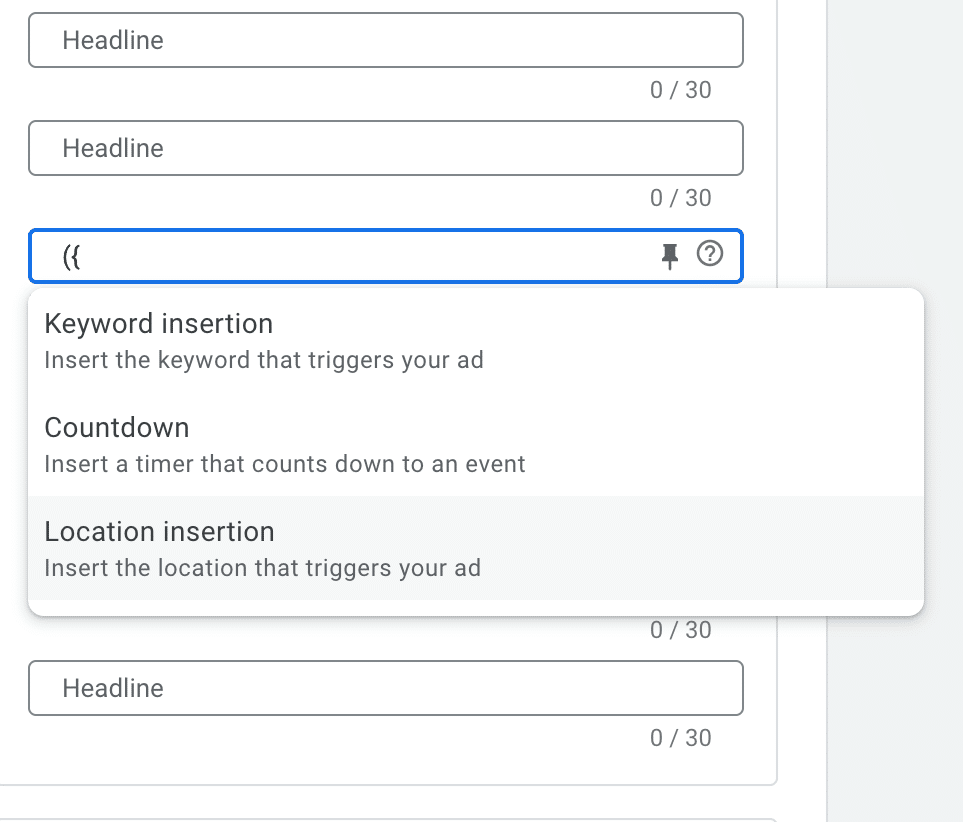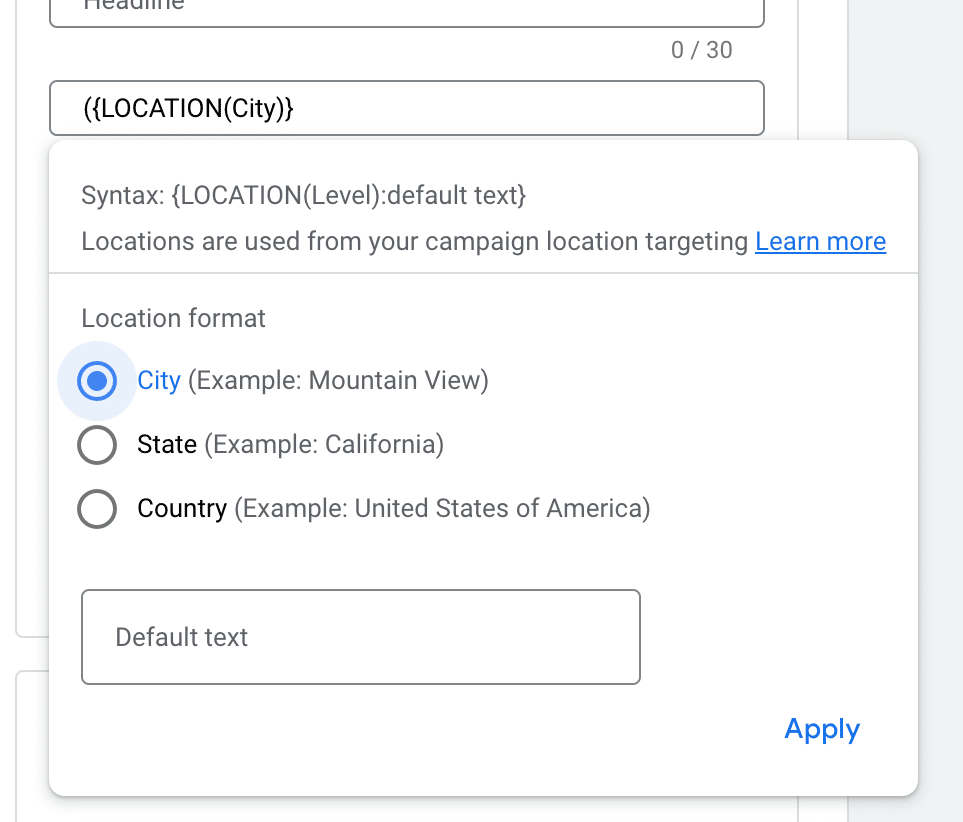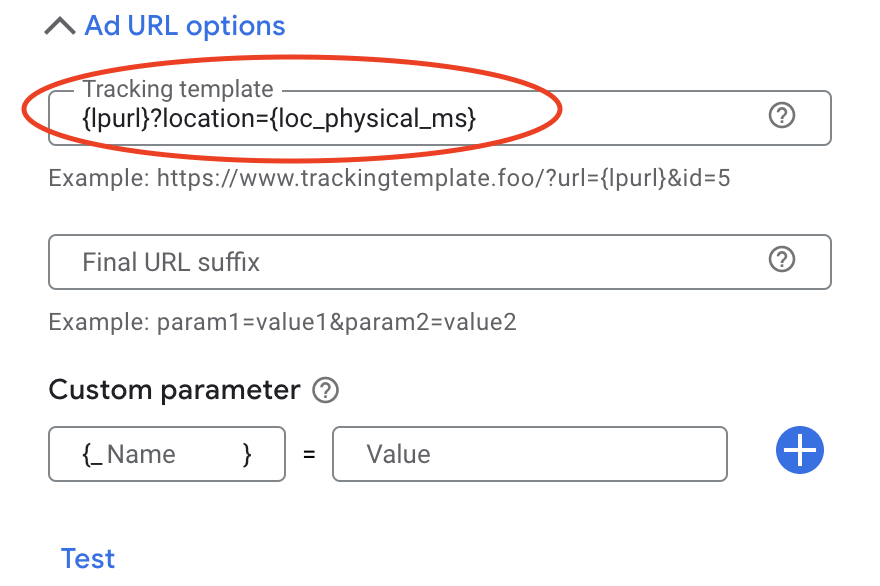For local businesses, reaching the right audience in your area can be a game-changer for your advertising efforts. Consumers are more likely to buy products and services locally rather than from outside their community. Even more, the vast majority of consumers start researching local businesses on Google.
To stay competitive, businesses have to be even more relevant, especially at the local level. One innovative way to achieve this is through hyperlocal ads. Utilizing powerful tools like dynamic location insertion, value tracking parameters, and website dynamic text replacement (DTR) lower average cost per lead by 44% for one of our clients. This three-pronged approach will help keep your landing pages as relevantly local as possible.
What are Dynamic Hyperlocal Ads?
Dynamic hyperlocal ads allow businesses to tailor their ad content based on the user’s exact location. The most basic use of this tool is location insertion. Inserting a little snippet of code in the headlines and description of your responsive search ads will change the location from the default location to the location of the customer or click. (This depends on your settings for location targeting)

How to set up location insertion in Google Ads
Step 1: Create or edit an ad
- In your Google Ads account, navigate to Campaigns → Ads.
- Edit or create a new responsive search ad by clicking the blue plus button.
Step 2: Add location insertion to headline and/or description
- In your ad text, type ({ and select Location insertion from the drop-down.
- You can either choose City, State, or Country.
- In the “Default text” box, type the default location. This location will appear when the location of the click isn’t available.
- Click Apply. You’re done


This is a great first step. However, what happens when someone clicks on your ad and your landing page title says a different location? The customer may not find your service relevant and bounce from your website and not convert. What businesses could do is create different landing pages for each city or town they provide service for and have ads for each of those landing pages. This can take a lot of time and effort where there is a much easier way.
Enter your email in the field below to subscribe to our monthly newsletter:
Adding ValueTrack parameters for dynamic location insertion
This is where dynamic location insertion comes in. Not only do you want your ad to have the location insertion mentioned above, you’ll also want your landing page to do the same. That way your ad remains highly relevant to your landing page and vice-versa.
To get the click’s location to your landing page, you’ll need to use ValueTrack parameters. These are tracking codes that you add to your URL to capture specific information about your click. This can be a number of parameters, such as location, device, or audience demographics. For this use-case we’re using {loc_physical_ms}, which is the location of the click.
Adding {lpurl}?location={loc_physical_ms} to your URL will capture the geographical location ID of the click. The {loc_physical_ms} will dynamically change to the clicks location ID. For example, if the click came from Chicago, the parameter will become location=1016367. By leveraging the tracking parameters, your landing page now has a way of “talking” to your ad.

Using Dynamic Text Replacement For Your Local Business
This approach has one final step: Making sure your landing page copy is relevant to your ad. Now that you have your URL parameter sending the location ID to your landing page, you can use that ID to insert the location to the title of your landing page (or wherever you want to dynamically replace text). You’ll need to map the location ID to the actual location of the click (city, town, region, etc). This can either be done using Google’s geocoding API, a platform like Unbounce, or hardcoding (not as scalable).
We created a system using Google Tag Manager to translate the location ID in the URL into a city name, and then dynamically updated text with that city name. Read our guide to create your own dynamic text replacement tool.
Drive Better Results with Hyperlocal Campaigns
Dynamic hyperlocal ads could help enhance your ads and landing pages and remain competitive in the local scene. By leveraging this three-pronged approach of location insertion, ValueTrack parameters, and dynamic text replacement, you can create a more relevant customer journey, leading to higher conversion rates. We’ve seen this firsthand with a recent client in the Chicago area.
Their hyperlocal campaigns, targeting specific services within the city, have achieved a remarkable 303% increase in conversion rate compared to their previous standard search campaigns, reducing the cost per lead by 44%. This means they are getting significantly more leads for their advertising budget, demonstrating the power of hyperlocal targeting in reaching the right audience with the right message at the right time.



